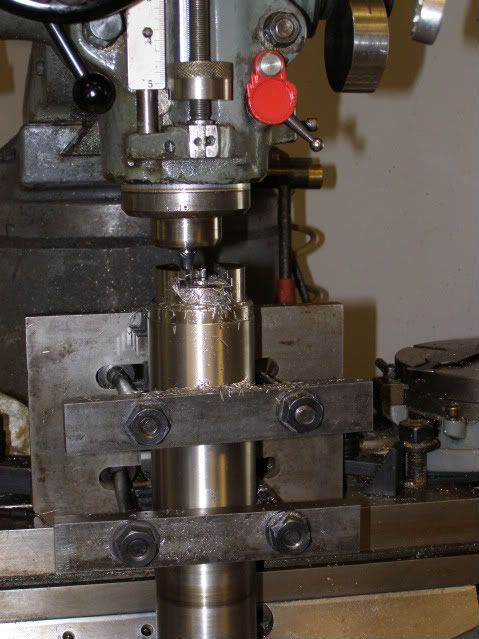maverick
Well-Known Member
The need to extend or retract the ram pops up occasionally, much more so with smaller mills. For general use keep the work
area of your vice centered under the spindle. When faced with a larger part, try to balance the extremes of the Y travel with the ram position.
For even larger parts, divide the work into two zones and complete the operations in the first zone before moving the ram to reach the
second zone. Be sure to pick a reamed or bored hole close to the zone border to use to re-zero the part. If the mill is equipped with a DRO,
It is a simple matter move the ram, dial in the hole and enter the coordinates then carry on with zone number two. When moving
the ram, it is important to zero both axis as the ram slide may not be parallel with the Y axis. This is always true in my shop where the ram
is swiveled side to side for various setups. To finish answering your question, go ahead and move it to make the most of your mill.
Regards,
Mike





